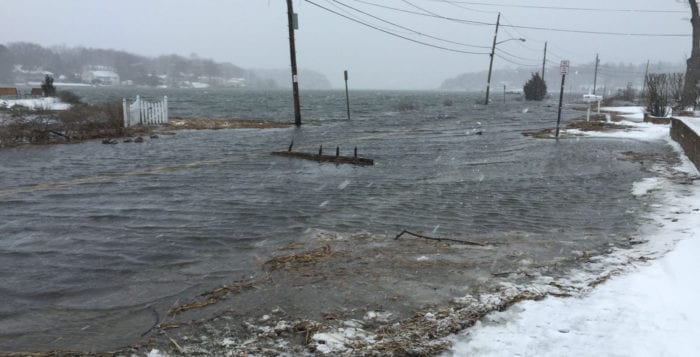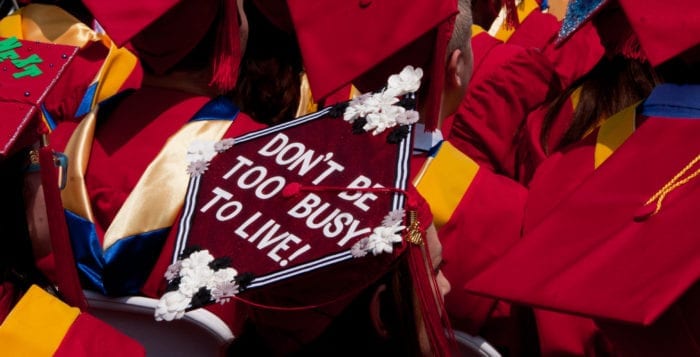By Leah S. Dunaief

Finally, we are in the home stretch, with Election Day soon upon us. Of course this has been no ordinary election experience for Americans. In addition to the usual barrage of electioneering from local and national candidates, we are forced to work around COVID-19 in deciding how to vote.
Some residents, in record numbers, have chosen to mail in their ballots, some have decided to vote early in-person, a novel situation forced into existence by the virus to spread out the voting population and avoid crowds. And some will just show up at their normal polling places at their usual time and do what they always do to cast their ballots.
Whatever you may think of our president, Donald Trump has certainly supercharged the electorate. Voters are out in record numbers, whether to vote for or against him. Joe Biden has not pulled any punches. His main goal in running is to keep President Trump from a second term. And that also seems to be the goal of the voters: either for the man or against him.
I have to confess that I would feel a little envious when I would see pictures of residents, in countries newly emerging from dictatorships, who lined up for hours and miles to cast their votes in their first exercise of democracy. Many in the United States were generally uninspired to vote, often letting the minority who came to the polls decide who would govern us. We were often apathetic about voting and about politics in general. But not this year. So that’s a good thing.
A not so good thing is that we stand in red vs. blue partisan formation, aggressively shouting our views and often disparaging the other side’s beliefs. Dialogue is one matter, screaming matches are something else, something totally unproductive and ultimately injurious to those others with whom we are otherwise proudly united into one country.
In an attempt to simplify the positions of the local candidates, we are dedicating much of this issue to their views. We as journalists are in the unique and privileged position of having access to them. We invite them, individually for each race with their opponent(s), to a Zoom meeting to answer questions put to them by our editorial board. This typically takes about an hour and a half. We then write up their answers as informational articles, passing on what we have learned. Those stories can be found in a separate section elsewhere in this paper.
In our usual end pages for opinion, we offer our endorsements of the candidates. These can be found on the page opposite this column and are based on the interviews and whatever else we might know about them after following them as we covered the news. Of course, these are only our opinions, and we urge you to learn about the candidates and make your own decisions as to whom you will give your vote. We merely share our impressions with you, feeling it our duty since we have personally interviewed them.
The following is a list of local races for which we have held interviews with the candidates:
1st Congressional District
Nancy S. Goroff (D) & Lee M. Zeldin (R)
3rd Congressional District
Thomas R. Suozzi (D) & George A.D. Santos (R)
State Senator 1st Senatorial District
Laura A. Ahearn (D) & Anthony H. Palumbo (R)
State Senator 2nd Senatorial District
Mike Siderakis (D) & Mario R. Mattera (R)
State Senator 5th Senatorial District
James F. Gaughran (D) & Edmund J. Smyth (R)
2nd Assembly District
Laura Jens-Smith (D) & Jodi Giglio (R)
4th Assembly District
Steven Englebright (D) & Michael S. Ross (R)
8th Assembly District
Dylan G. Rice (D) & Michael J. Fitzpatrick (R)
10th Assembly District
Steve Stern (D) & Jamie R. Silvestri (R)
12th Assembly District
Keith Brown (R) & Michael Marcantonio (D)
We hope we have helped. Whatever you decide, please vote.











 How often do we watch an interview with someone who has accomplished the unimaginable, who doesn’t know what to say or who is it at a loss for words when someone shoves a microphone in that person’s direction?
How often do we watch an interview with someone who has accomplished the unimaginable, who doesn’t know what to say or who is it at a loss for words when someone shoves a microphone in that person’s direction?




